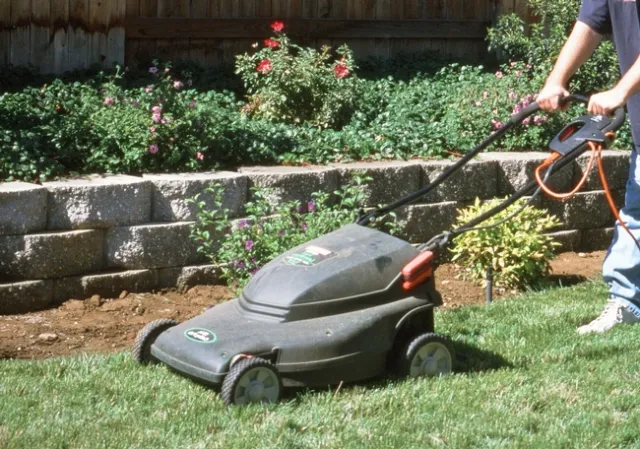
“My garden is my most beautiful masterpiece” ~ Claude Monet
Tasks
- Compost weed-free grass clippings and other thorn and disease-free garden waste.
- Better yet, start a grasscycling program for an existing lawn.
Pruning
- Shape hedges.
- Do not apply any treatments to pruning cuts or other wounds because these materials are ineffective and often are detrimental. Chip yard waste and use as mulch or as an addition to the compost pile.
Fertilizing
- Do not overfertilize. Follow the instructions on the fertilizer container. Excessive fertilization leads to contamination of waterways and lush plant growth that requires more water.
Planting
- Plant annual summer herbs and vegetables at two-week intervals for successive crops.
- Annuals: Black-eyed susan vine (Thunbergia), sunflower (Helianthus), Verbena, Zinnia.
- Bulbs, corms, tubers: gladiolus.
- Fruits and vegetables: Last chance to plant a late crop of chard, spinach and lettuce.
- Trees, shrubs, vines: Shoestring acacia (Acacia stenophylla), Bottlebrush (Callistemon), Sedge (Carex), Smoke tree (Cotinus).
- Perennials: Yarrow (Achillea), Artemisia, Fortnight lily (Dietes), Gazania, Lilyturf (Liriope).
Enjoy now
- Annuals and perennials: alstroemeria, snapdragon (antirrhinum), columbine, fibrous begonia.
- Bulbs, corms, tubers: anemone, freesia.
- Trees, shrubs, vines: acacia, aesculus, camellia, catalpa, California wild lilac (Ceanothus).
- Fruits and vegetables: asparagus, broccoli, grapefruit, kumquat
Things to ponder
If oakworms, redhumped caterpillars, or cabbage loopers are present, spray with Bacillus thuringiensis (Bt). Repeat every 7 to 10 days for several weeks as a preventative measure.


